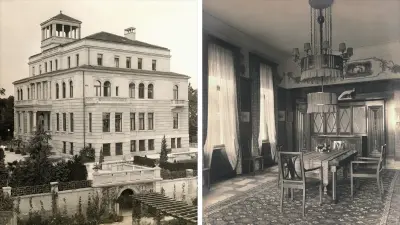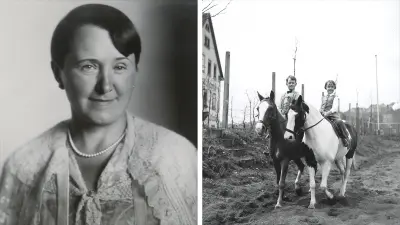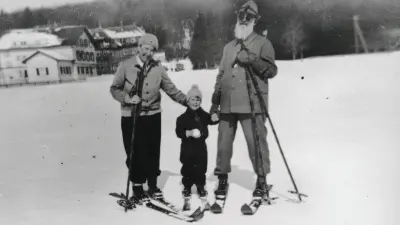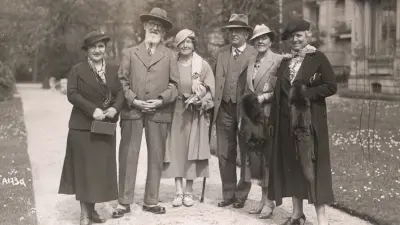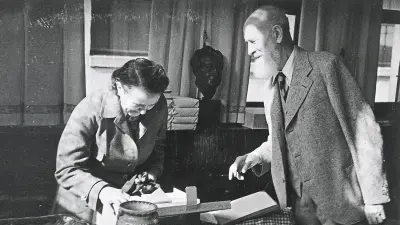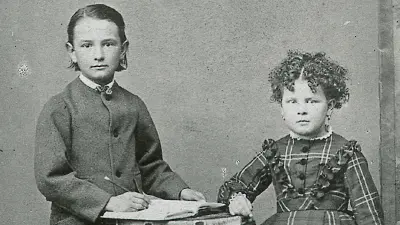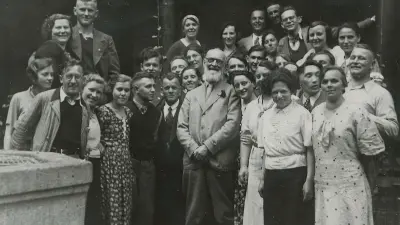Through highs and lows
The man — husband and father
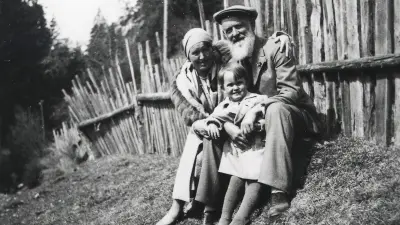
Life was not always easy. In his private life, Robert Bosch had to come to terms with several strokes of fate. Two of his children died at an early age, and his first marriage failed. Nonetheless, he found renewed happiness with a new family, and had a long and fulfilled life.

“… You must be mine”

Robert Bosch wrote long letters to his future wife, Anna Kayser, from the U.S. and England, declaring: “Whatever happens, you must be mine.” Besides elaborating his outlook on life, he conceded: “One of my main failings is that I become angry easily ...” This character trait did not deter Anna from marrying Robert on October 10, 1887, in Obertürkheim near Stuttgart.
Their daughters Margarete and Paula were born in 1888 and 1889. Their son Robert, their third child, was born in 1891. Erna Elisabeth, the third daughter, was born in 1893 but died just a year later.

Family life
The company enjoyed increasing success. Yet Robert Bosch still made time for weekend excursions and vacations in the countryside with his family: “He explained many things to us children and gave us an enormous amount of intellectual stimulation, particularly during our childhood years,” his daughter Margarete recalls. The increasing level of wealth also had an effect on the family’s domestic life. In 1910-11, Robert Bosch had a villa constructed in Stuttgart’s Heidehofstrasse.
Fate strikes
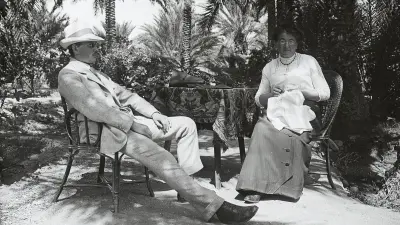
Robert Bosch introduced his son to the business early on. He let him help with inventory-taking at the age of eleven. Young Robert took up a post as an apprentice in his father’s company in 1909. However, he had to abandon all professional ambitions after just one year. He developed multiple sclerosis and died on April 6, 1921, after a long illness.

The second family
Their grief and different ways of dealing with the death of their son drove the couple further and further apart until the marriage was dissolved in 1927. Robert Bosch married the 39-year-old Margarete Wörz the same year. They also had two children together — their son Robert in 1928 and daughter Eva in 1931.
After the National Socialists came to power, Robert Bosch became increasingly withdrawn, spending time with his family at the Bosch Farm, in the mountains, or skiing.

The last years
In many respects, Margarete was Robert Bosch’s assistant and advisor, as well as an intermediary between the older and younger generations. She invited guests to their home and ensured that, in his later years, her husband did not despair at the political situation.
The funeral
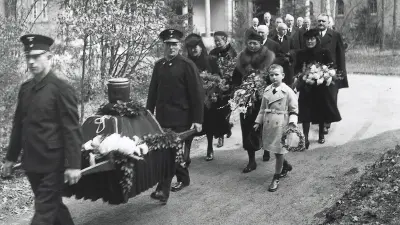
Robert Bosch died on March 12, 1942. Even in death, the National Socialist regime refused to leave him in peace, and he was given a state funeral on March 18.
Supplement

Supplement 1: Robert Bosch — His life and works
